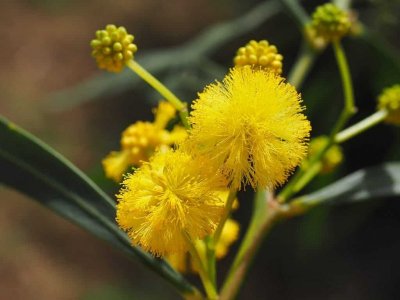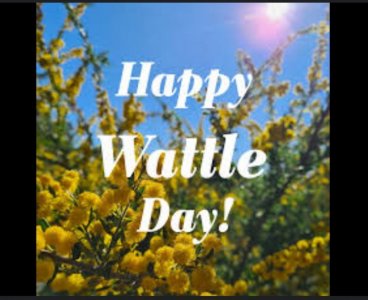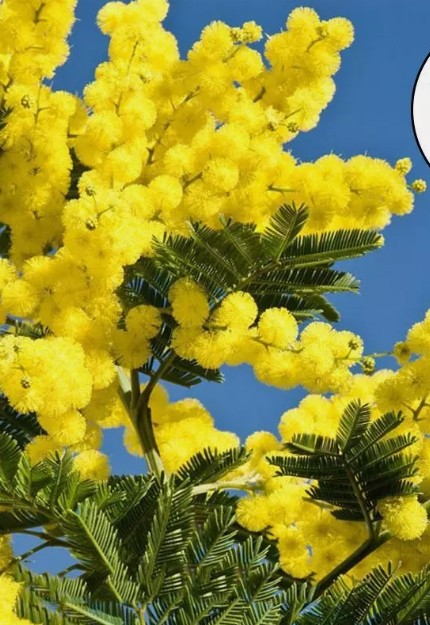Warrigal
SF VIP
- Location
- Sydney, Australia
Golden Wattle is Australia's national floral emblem. Right now the species commonly known as Golden Wattle is in full bloom. It makes my heart sing to see it.
The wattle has inspired many Australian poets, from Henry Kendall, and Adam Lindsay Gordon downwards, but it is very interesting to notice that one of the prettiest poems about our national flower was written by one - Miss Veronica Mason - who, though a Lancashire girl by birth learned to know and love the wattle during her residence in Tasmania. Here is her poem:-
The wattle has inspired many Australian poets, from Henry Kendall, and Adam Lindsay Gordon downwards, but it is very interesting to notice that one of the prettiest poems about our national flower was written by one - Miss Veronica Mason - who, though a Lancashire girl by birth learned to know and love the wattle during her residence in Tasmania. Here is her poem:-
I remember singing this song as a child. I still remember the tune.The bush was grey
A week to-day
(Olive-green and brown and grey);
But now the spring has come this way,
With blossoms for the wattle.
It seems to be
A fairy tree;
It dances to a melody,
And sings a little song to me
(The graceful, swaying wattle):
See how it weaves
Its feathery sheaves:
Before the wind a maze it weaves,
A misty whirl of powdery leaves -
(The dainty, curtseying wattle):
Its boughs uplift
An elfin gift;
A spray of yellow, downy drift,
Through which the sunbeams shower and sift
Their gold-dust o'er the wattle.
The bush was grey
A week to-day
(olive-green and brown and grey);
But now its sunny all the way,
For, oh! the spring has come to stay,
With blossom for the wattle!
www.acrossthebluemountains.com.au/poem-wattle.html
Last edited:




